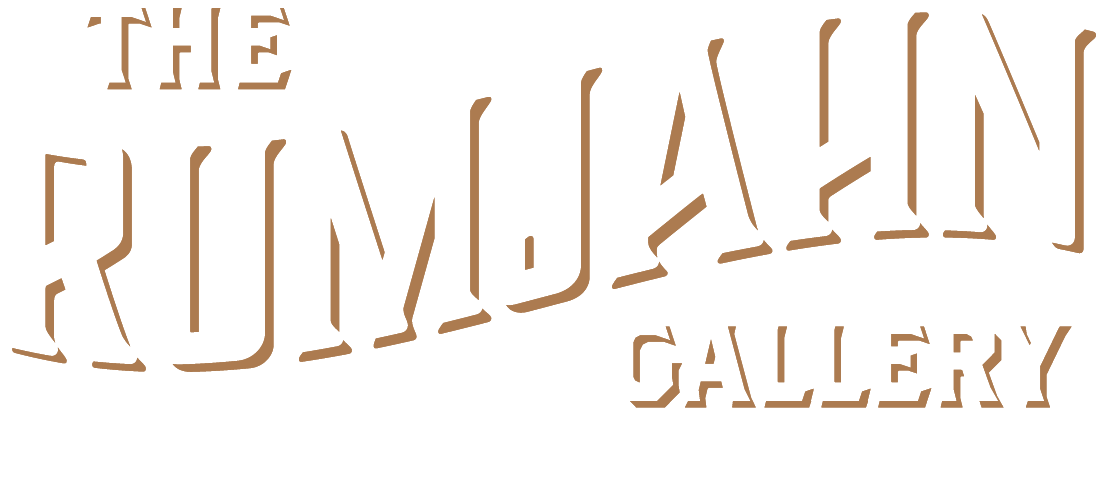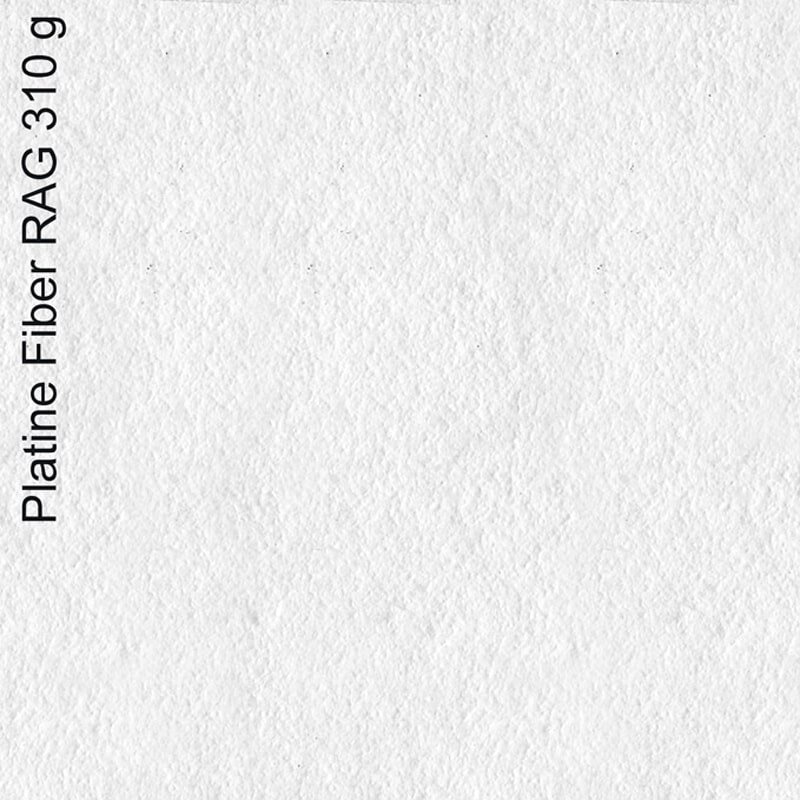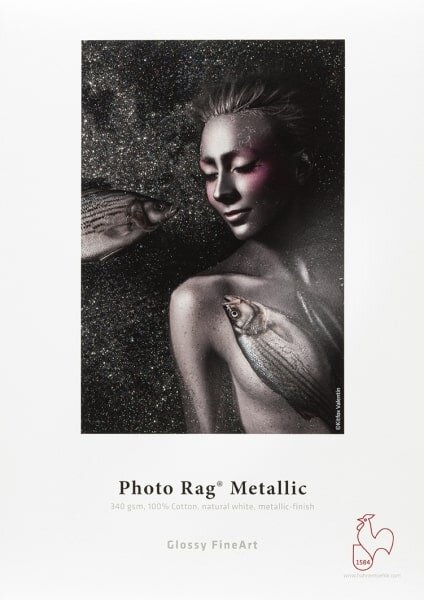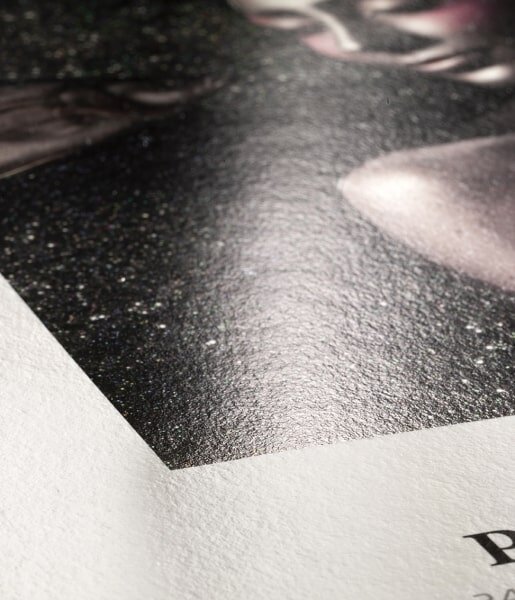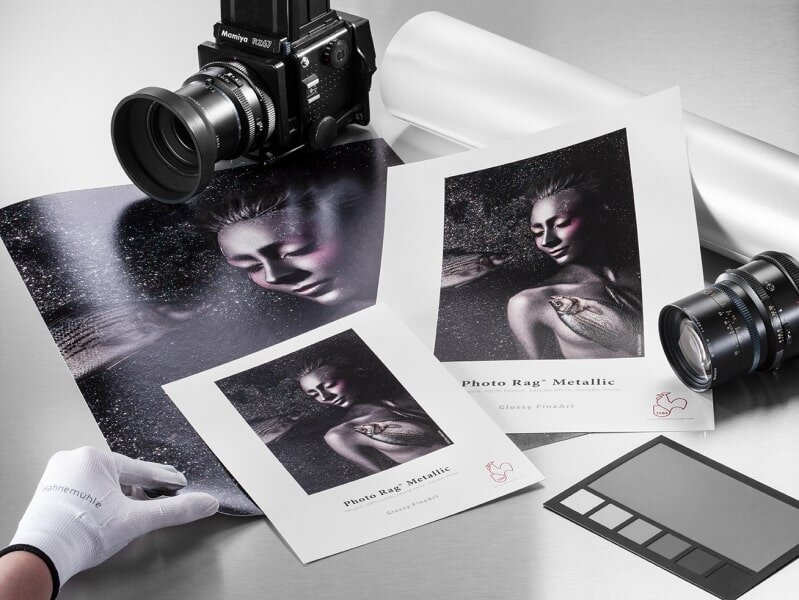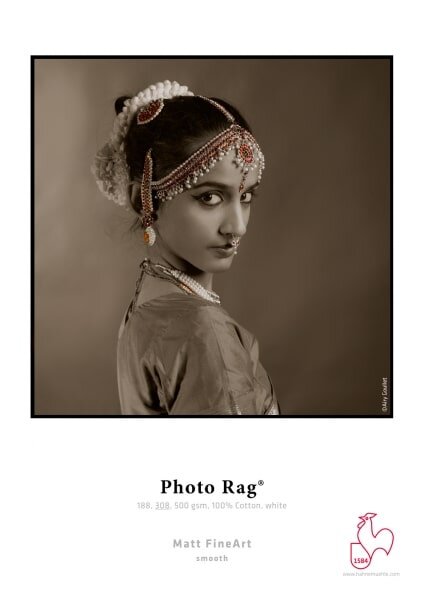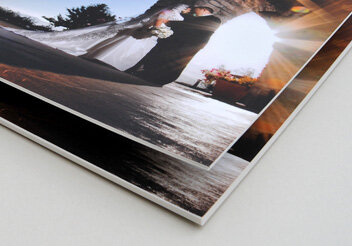Print Pricing
Our Papers
These are the papers we currently use. We are happy to help you choose the best one for your project.
Poster Paper — 210 gsm paper is much thicker than standard posters you will buy in a store. It has a low-glare satin finish which offers sharp details and brilliant colors. This is a great choice for posters, signs, and displays.
Lustre — 252 gsm paper with a microporous emulsion on a thick resin coated base specifically designed for high-resolution photo images. Compatible with the pigment ink we use, it’s water-resistant with a lustre finish (between gloss and matte). A lustre finish has a slight sheen to it, which helps your colors pop, but a very fine texture in it cuts down on glare and fingerprints.
Glossy — 300 gsm Canon Photo Pro Platinum is our choice for a glossy finish. A great option for rich, vivid color and luxurious texture with a studio finish.
Matte — the best, most cost-effective, 210 gsm, 100% cotton, acid free paper. Excellent for creating presentation books, greeting cards and printing fine-art photographs.
Premium Lustre — 310 gsm, 100% cotton Platine Fibre Rag has a soft feel to it and is a favorite among photographers for its ability to produce deepest blacks and whitest whites. The paper is based on that originally used for platinum printing (hence the name), with a modern upgrade of a microporous coating making it excellent for use with the latest printing technology. The 100% cotton rag substrate without the use of optical brightening agents ensures this archival-quality paper is capable of holding your image for generations to come.
Premium Smooth Matte — 308 gsm or 330 gsm, 100% cotton fine art paper with a smooth matte finish is used for archival photography and fine art reproduction. This paper provides magnificent image sharpness and optimum color graduation, making it a favorite of artists who reproduce their original works of art for sale or photographers seeking to exhibit their work at museum level quality.
Premium Metallic — 340 gsm, 100% cotton natural white without optical brighteners with a silvery-shimmering finish. This paper meets the highest industry standards for density, color gamut, color graduation and image sharpness while preserving the special touch and feel of genuine art paper. With a high-gloss metallic surface and a substrate containing barium sulfate, this very special paper is ideal for digital art, photo and fine art reproduction, limited edition prints, exhibition display. This paper really shines if your image has metallic elements, reflections, ice, glass, architecture and landscape, or high contrast tones. Use this paper to really take your images to the next level.
Premium Textured Matte — 310 gsm, 100% Cotton rag paper. The coarse structured surface allows for a beautiful traditional watercolor look and feel, whilst still reproducing pin-sharp details and color consistency. With no optical brighteners, this traditional watercolor paper is sure to add an extra dimension for the artisan printer and fine art photographer.
Premium Metallic — 340 gsm, 100% cotton natural white without optical brighteners with a silvery-shimmering finish. This paper meets the highest industry standards for density, color gamut, color graduation and image sharpness while preserving the special touch and feel of genuine art paper. With a high-gloss metallic surface and a substrate containing barium sulfate, this very special paper is ideal for digital art, photo and fine art reproduction, limited edition prints, exhibition display. This paper really shines if your image has metallic elements, reflections, ice, glass, architecture and landscape, or high contrast tones. Use this paper to really take your images to the next level.
A Primer on paper
Our print media is meant to last. Be careful of bargain printers (either online or in stores) who won’t tell you what kind of paper or canvas they use. You would most likely be getting an inferior product that will fade or degrade sooner than you’d like. We choose our media carefully so you can be confident that your prints are of the highest quality.
The parameters we use in choosing the paper for a project are weight, texture, and content. Weight is designated by grams per square meter, often abbreviated gsm. To give you an idea of relative weights, the paper in your office copier is about 80 gsm. Most posters are printed on 150 gsm paper. Flyers and brochures are about 250 gsm, and business cards and postcards tend to be around 350 gsm. Quality is important to us, so our poster paper is 210 gsm, our basic photo papers start at 252 gsm, and every other paper in our inventory is over 300 gsm.
Texture (or finish) is the feel of a paper. We offer matte, lustre and glossy finishes. Matte has a coarse feel to it, glossy feels slick, and lustre is somewhere in between. The smoother the paper, the more light it reflects, and the shinier it looks (but can also result in more glare). Texture is a matter of personal preference, but in general people tend to like their photos either glossy or lustre while fine art is printed with a matte finish. We also offer a metallic finish which adds extra sheen and vibrancy to the image.
Ordinary paper is made from wood pulp, which contains lignin, an organic polymer that makes the paper acidic. It is this acid that degrades paper and ink over time. Archival quality paper is made of cotton, not wood pulp. Cotton-based paper is sometimes referred to as “rag” paper, from the cloth fragments that are used to make it. Our Hahnemuhle archival papers are 100% cotton and acid-free, from a company founded in 1584 that is known the world over to have been making the finest quality paper for over 430 years. Your printed works will last for generations with proper care.
ink is important
All the ink we use for printing is pigment-based, not dye. Pigment ink is known to last longer, provide richer color due to better penetration into the paper, and is water- and fade-resistant. Pigmented ink combined with high-quality archival paper should be the only choice of print media for professional artists and photographers, as well as anybody serious about the quality of their printed product. In addition to the quality of our ink, our print process utilizes an expanded gamut of color. Standard printers use only 4 colors to create an image but we use 11 separate color channels to create a richness unparalleled in the industry. Our printing process also includes color calibration validated by the International Color Consortium to ensure color accuracy across all media types.

